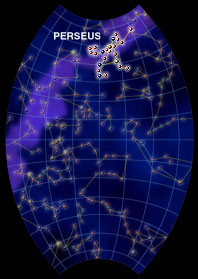The constellation Perseus is found during the winter in the Northern Hemisphere, and during the summer in the Southern Hemisphere.
Click on image for full size
Courtesy of NASA
Perseus
Perseus, the Hero, can be found in the sky during the winter in the Northern Hemisphere. With a little imagination, you can see the image of a man in the stars. He has a sort of triangular body, with two legs and feet that look like they are curling up towards the head. There are also two arms stretching out, possibly carrying some sort of weapon or the head of Medusa.
Perseus was a Greek hero most famous for his slaying of Medusa. If anyone looked at Medusa's face they would turn to stone. With the help of Hermes' wings and Athena's shield, Perseus killed Medusa without looking at her. On his way home, Perseus came across the monster, Cetus, getting ready to eat Andromeda. Perseus used Medusa's head to turn Cetus into stone and saved the princess.
Algol is a very famous star in Perseus. When looking at the image, Algol is the white "star" in the right leg. In Arabic, the name means "head of the demon", which makes many scientists believe the star was supposed to represent Medusa's eye. What makes this star so special is that it winks! Algol is a special type of binary star, with a dimmer star revolving around a brighter star. When the dimmer star crosses in front of the other, the magnitude of Algol decreases, giving the appearance of a winking star!
Perseus is located along the Milky Way, so it is full of deep sky objects. When you find Perseus, look for the constellations Cassiopeia, Cepheus and Andromeda!
You might also be interested in:
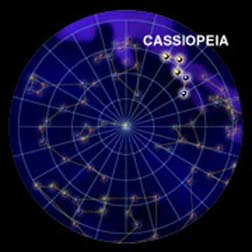
Cassiopeia was the wife of King Cepheus. She was very pretty, and would often brag that she and her daughter were more beautiful than the sea nymphs, the Nereids. They complained to Poseidon, who sent
...more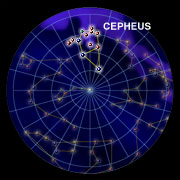
Cepheus was king of a land called Ethiopia in Greek myth. He had a wife named Cassiopeia and a daughter, Andromeda. Cassiopeia liked to brag about her beauty so much, that she said she and Andromeda were
...more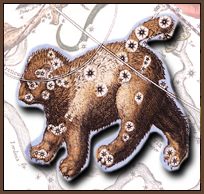
Many different constellations fill the evening sky in the northern hemisphere. Depending on your location and the season, different constellations can be seen. Northern circumpolar constellations can be
...more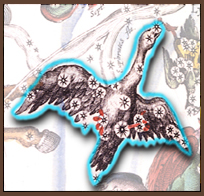
Many different constellations fill the evening sky in the southern hemisphere. Depending on your location and the season, different constellations can be seen. Southern circumpolar constellations can be
...more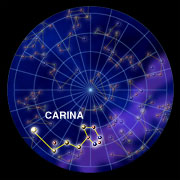
The constellation Carina is known as the Keel, which is the bottom part of old ships. Carina was originally a part of Argo Navis, which was a huge boat in the night sky. It has since been divided into
...more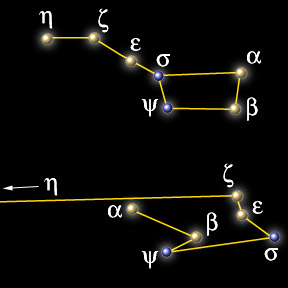
In most cases, however, the stars that we see that seem to be "close" to each other actually are quite far apart, some stars are much closer or farther than others as is shown in the example below of Ursa
...more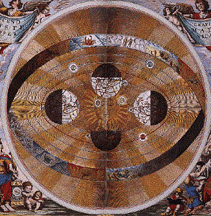
In our time, scientists (and most people!) know that the constellations seem to move across the sky because the earth rotates on its axis. What, you may ask, does the turning of the earth have to do with
...more
If you look at the night sky different times of the year you see different constellations. This change is due to the motion of the Earth in its orbit around the Sun. Each day a few stars are visible in
...more


